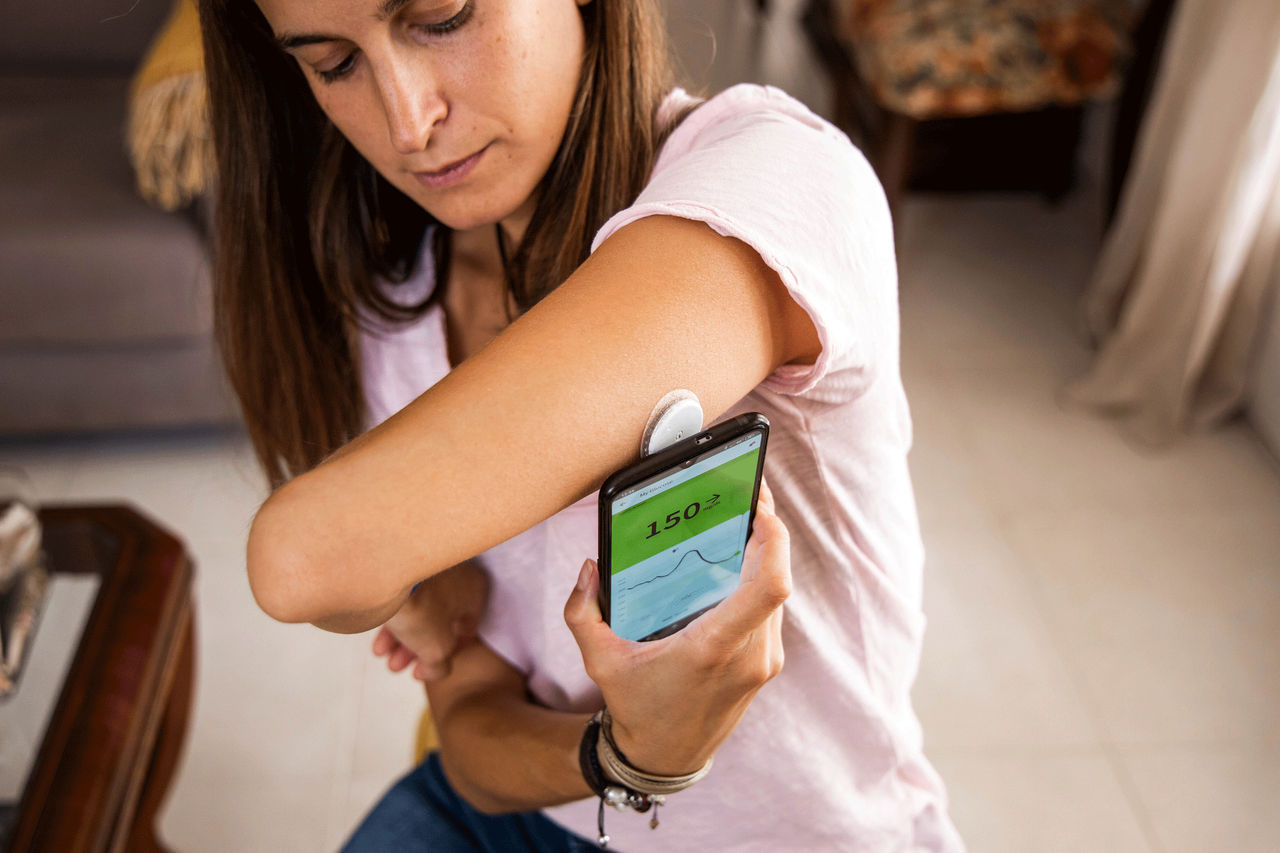How to Monitor Blood Sugar without a Finger Prick

Imagine having diabetes and keeping track of your blood glucose levels without pricking your fingers. You now have several options.
Monitoring blood sugar is a daily chore for people with diabetes. For years they typically pricked their fingers and put a drop of blood on a test strip to get a reading. Nowadays, you can wear a patch instead, often on your belly or arm, out of sight.
With a patch, you can check a program on your phone at any time of the day. You can review your blood sugar history over a few hours or days to see trends. That can help you make informed decisions about balancing your food, physical activity, and medications.
Well-established among patients with type 1 diabetes, the patches may also be useful for people with type 2 diabetes, even in relatively mild cases that don’t require insulin. In fact, they’re being sold to the vast market of non-diabetics who want to lose weight.
YOU MIGHT ALSO LIKE: Can You Stop Taking Insulin for Type 1 Diabetes?
What blood sugar monitoring devices do
Called continuous glucose monitors (CGM), the patches can provide insight or guidance about when and what to eat. You might learn that a food you thought was safe is actually causing blood sugar spikes.
Some products have optional alarms to warn you if your blood sugar is rising too high or dropping too low, a big risk for patients taking insulin.
The Dexcom G6, for example, will give you a reading on your phone, Apple Watch, or a separate receiver. It reads your blood sugar every five minutes, providing notifications if your sugar goes outside a range you set. You can even link it to your insulin pump, so it automatically turns off your insulin if necessary. That’s important because your body might react to insulin and drop your blood sugar too low.
The Guardian Connect System also has alerts that predict danger up to an hour in advance, before your blood sugar has fallen or risen. The app uses your data to recommend changes in diet, exercise, or insulin.
A healthcare provider inserts the Eversense CGM System under your skin. It won’t need to be changed for up to six months.
If you don’t want to use a phone app, consider the low-cost Abbott Freestyle Libre 2, a two-week water-resistant patch that a separate device can scan to get a reading. The company also offers Libre 3, which links to a smartphone.
Signos offers a patch for weight loss. Non-diabetics can use it for insight on how blood sugar fluctuations may be hampering their diets.
What does the research say?
In a small study at the University of Virginia of people with type 2 diabetes who didn’t use insulin, researchers concluded that a CGM improved their A1C more than the comparison group. It also cut their need for medication. Their diets improved, and they felt less distress about their condition.
Based on the early evidence, the Endocrine Society recommends CGM for short spells for adults with type 2 diabetes who are not taking insulin and have A1C levels greater than 7 percent.
One 2021 review of the evidence concluded that CGMs could be “a teaching tool to improve lifestyle management, which would be helpful even in early T2D or prediabetes.” Prediabetes occurs when patients have elevated blood sugar just below the diabetes range.
To see if you may qualify for insurance coverage, try this database or call your insurer. You can compare up to three CGMs here.
YOU MIGHT ALSO LIKE: The Effects of High Blood Sugar on Your Memory
Updated:
April 13, 2023
Reviewed By:
Janet O’Dell, RN